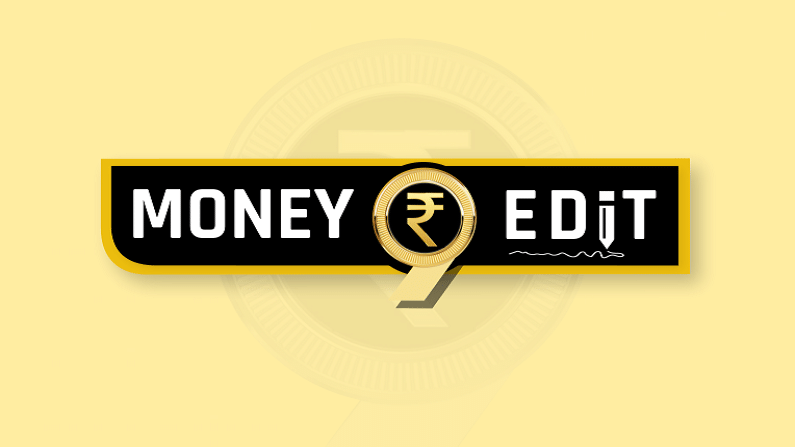Minting money is expensive business
The prerogative of printing currency rests with RBI and the central bank should resist the temptation of taking the easy route

The economy is not in the best of health and most indicators look weak. From low factory output and plummeting auto sales to unemployment continuing its double-digit spell – the macros are an unpleasant sight. This was not unexpected given how the country got battered during the second wave.
Having battled the two-month mountainous wave of Covid-19 infections, deaths tolls, economic activity shutdown, and massive strain on healthcare infrastructure, the road to revival will be long. India should avoid attempting shortcuts.
Printing money is one such shortcut India must avoid. Its long-term pain will far outweigh short-term gains. With inflation already pegged at 5.1% and the middle class taking the brunt of the pandemic on the chin, printing currency will only add to its woes. Inflation will surge first, and the rupee will be the next victim, making imports more expensive.
It is simple to understand why. More currency in circulation will mean greater spending power available with consumers. If factory output is not commensurate with high demand, suppliers will have a better bargaining power to jack up prices. As a result, the middle class will shell out more money for the same goods as the poor will still be unable to afford them at increased prices. With more rupee in circulation, its value against the dollar will dip making Rupee an even weaker currency.
The prerogative of printing currency rests with the Reserve Bank of India. It should resist the temptation of taking the easy route under pressure from eminent corporate and educated crusaders.
Former RBI Governor D Subbarao is right in mentioning that India still has many more options available to finance its deficit and that minting money should be the last resort.
India has total reserves amounting to $598 billion, according to the RBI. Of this, a lion’s share of $553 billion is forex reserves that may be liquidated as the need arises. Issuing government bonds could be another way to finance growth.
Download Money9 App for the latest updates on Personal Finance.
Related
- Tata Motors की वैश्विक थोक बिक्री चौथी तिमाही में 3% घटकर 366177 इकाई
- सुरक्षा मानदंडों को पूरा करने की बढ़ती लागत की वजह से दाम बढ़ा रही हैं कार कंपनियां
- ओला इलेक्ट्रिक ने S1 Zen3 स्कूटर की आपूर्ति शुरू की
- बासमती चावल पर GI टैग पाने के लिए भिड़े भारत- पाकिस्तान, क्यों खास है यूरोपियन यूनियन की ये मुहर
- आ गया नया इनकम टैक्स बिल, जानें अब ओल्ड और न्यू रिजीम में कहां-कहां बचेगा पैसा
- BlackRock भारत में देगी 1200 लोगों को नौकरी, AI एक्सपर्ट के लिए जल्द शुरू होगी हायरिंग

